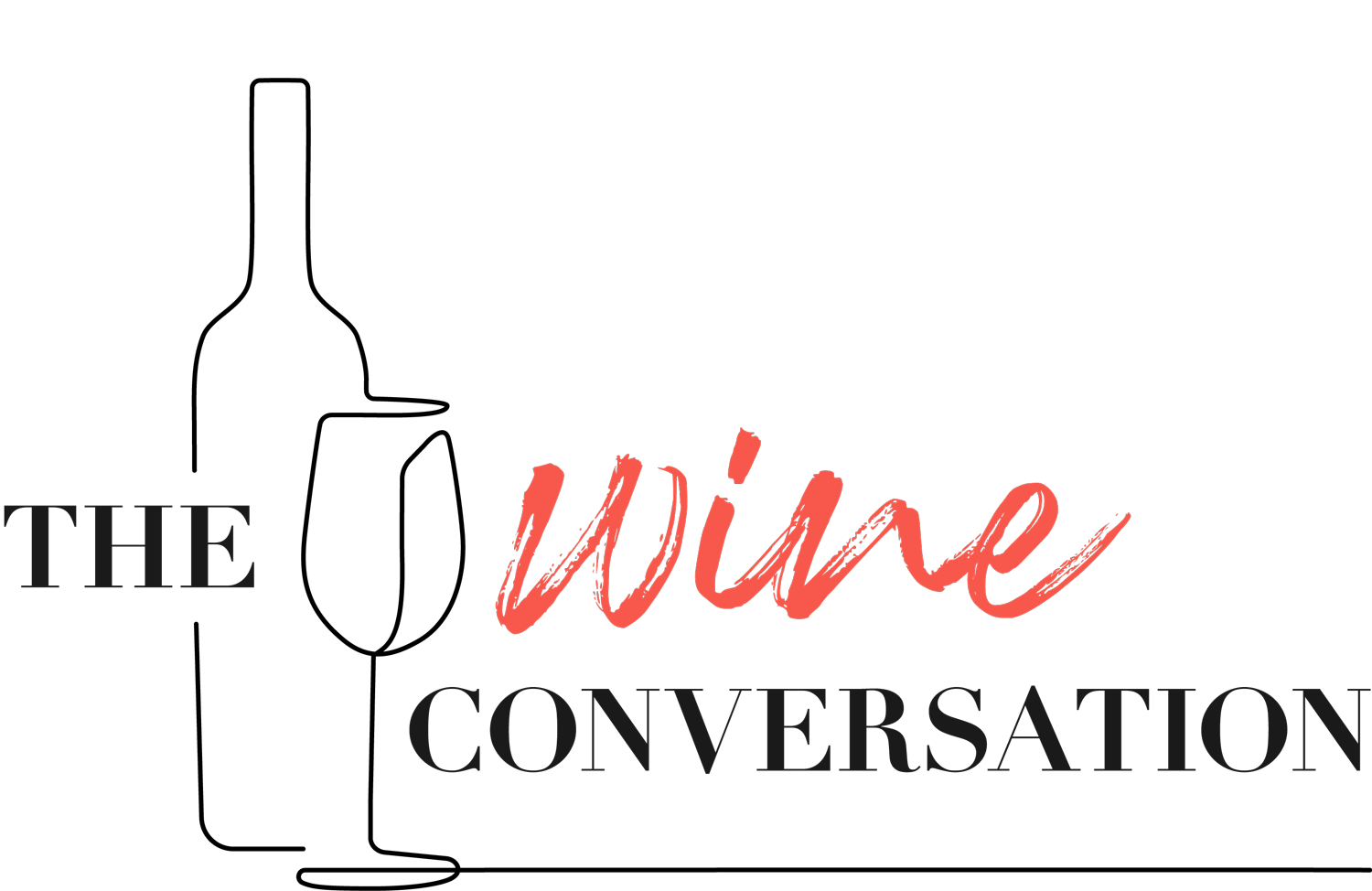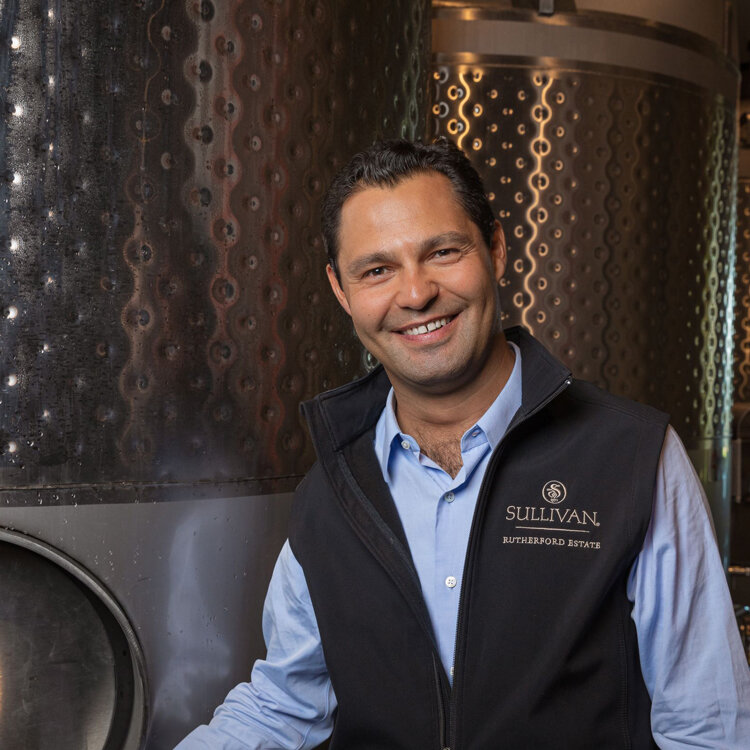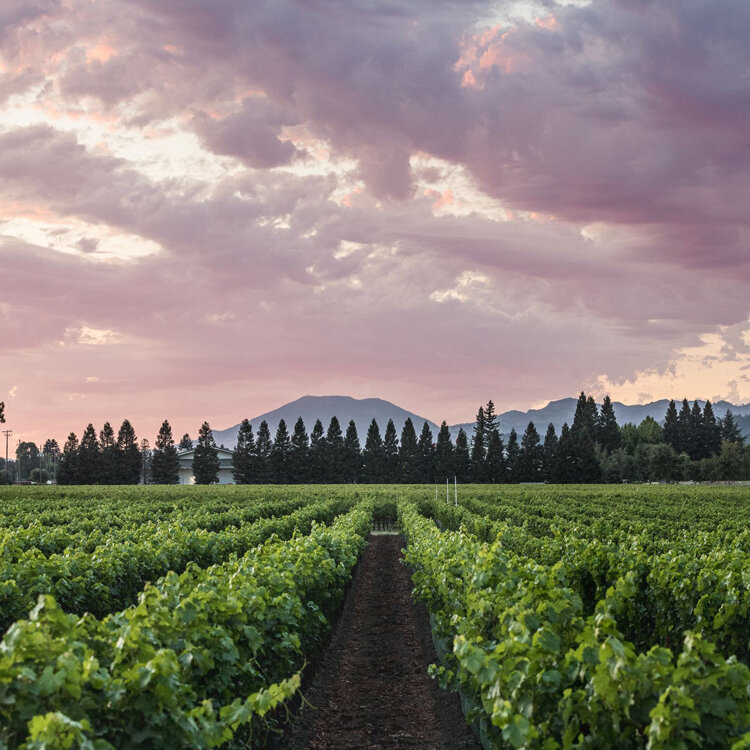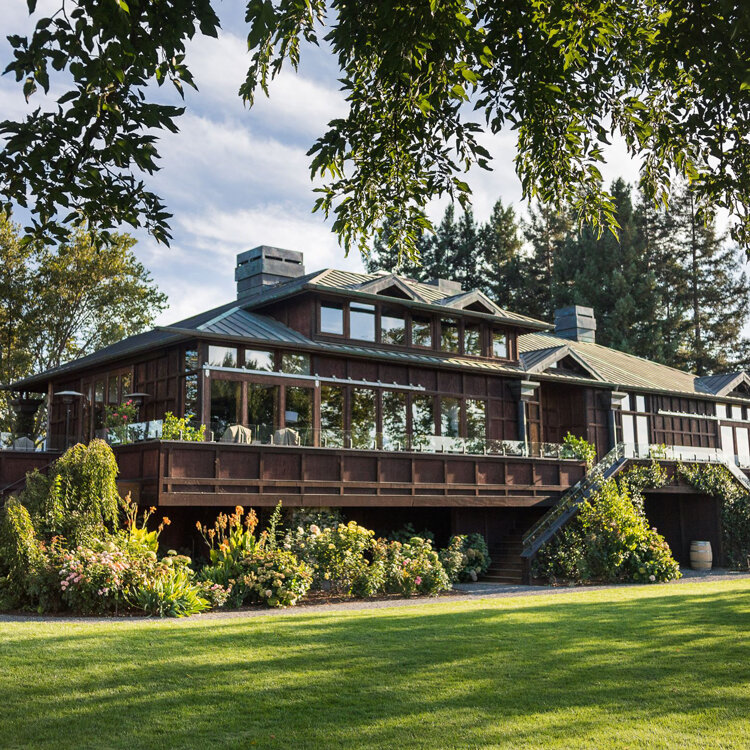▻ Juan Pablo Torres-Padilla
In conversation with Juan Pablo Torres-Padilla of Sullivan Rutherford Estate
Episode Summary:-
Elin McCoy talks to Juan Pablo Torres-Padilla about buying Sullivan Rutherford Estate in Napa Valley, a historic estate but one that is barely known. Elin asks Juan Pablo why he bought the estate and how he intends to bring it to the attention of wine lovers.
Juan Pablo, former CEO of an artificial- intelligence company, was raised in Mexico and France, and was introduced to wine by his grandfather, who loved Bordeaux and Burgundy. While living and working in France, he visited many properties in Bordeaux, Burgundy, and Champagne with his uncle, who shared his passion for wine. A visit to Domaine de la Romanée Conti in 2006, where he met Aubert de Villaine inspired him and made him think, “If wine is such a passion why don’t I make a life experience of it?”.
Juan Pablo tells Elin about how Daniel Cathiard of Château Smith Haut-Lafitte and Joseph Henriot of Champagne Henriot became mentors to him, and how and why he decided on buying in the Napa Valley as opposed to in France. He visited over 120 properties in Napa alone, though they were not for sale, and finally found Sullivan Rutherford Estate, which had been founded by Jim Sullivan in 1972, four years before the Judgement of Paris. Jim Sullivan had made his wine mainly for family and friends, but the fact that legendary winemaker and consultant André Tchelistcheff had advised him to buy the land, which had good drainage, was a factor that inspired the purchase.
Another factor was that the estate had a sense of history and community, with a particularly meaningful connection for its new owner. When the Napa Valley was ceded from Spain to Mexico, Napa was divided in two parcels through a land grant, Rancho Caymus to the south and Rancho Carne Humana to the north. Sullivan Rutherford Estate lies on this historic division, which for Juan Pablo, as a Mexican, “had an emotional connection.”
When Juan Pablo bought the estate, his first task was to surround himself with a good team – though he had the vision, he realised he did not have the technical experience. He tells Elin how he found his team, but decided to retain the young winemaker, who was relatively unknown at the time. His decision to replant 40% of the vineyard to Merlot is questioned by Elin but he explains that “we are more than 200% convinced that when you have the best Merlot, the best soil, you have the best wine ever.”
Beyond the wine itself, Juan Pablo tells Elin, “I believe the future of luxury and excellence-driven products is about privacy, customisation, it’s all about intimacy.” The estate has been updating their permits, but will be hosting fewer people in order to provide more customised experiences. He also believes that his background in artificial intelligence can be useful, as data can help in enabling improvements in production and customer-tailored events.
The challenge of climate change can be helped by different creative ways of combating the heat waves, and he believes the younger generation will always want excellence, it is human nature.
“We don’t work for value. We are here for those who look for 100% of the quality,” Juan Pablo states.
““Napa is the perfect blend of Old World feeling of tradition and respect for legacy and history, and the New World Californian-driven, American-driven, spirit of innovation, creativity, constant self-improvement, almost disruptive spirit, in a good way, that America has been built on.””
Running Order:-
-
0.00 – 17.55
“We wanted a life project that also made sense and was sustainable by itself as a business. We didn’t want a lifestyle project, that’s easy to do.”
Juan Pablo talks about his early life growing up, the trips to the French vineyards which influenced him as a young man and one special trip to Domaine de la Romanée Conti where he met Aubert de Villaine. “If wine is such a passion why don’t I make a life out of it?” he thought. He started exploring the possibilities of buying a vineyard along with his uncle (who was only a few years older than him). He ruled out Bordeaux and Burgundy due to land prices, and in 2014 visited the Napa Valley, which he fell in love with.
His mentors were Daniel Cathiard and Joseph Henriot and Juan Pablo describes how they helped him, and how he gained hands-on experience working with Daniel Cathiard at Château Smith Haut-Lafitte. -
17.56 – 36.29
“The most important part of any endeavour like ours that aims at creating and getting recognition for one of the best wines in the world is the team and leadership.”
Juan Pablo visited over 120 estates in the Napa Valley to gain an understanding of the region, though they were not for sale. He chose Sullivan Rutherford Estate because it had the right soil: “I believe first and utmost that there has to be land-driven criteria and land-driven quality, if you don’t have the right soil of the right quality it is impossible to make great wine.” André Tchelistcheff had advised Jim Sullivan to buy the land, as it had great drainage. He was also attracted by its history and the fact the property lay on the line which divided Napa Valley in two when the Central Mexican Government created two land grants. The estate had never had a high profile, as Jim Sullivan made the wine for family and friends.
Juan Pablo bought the estate in January 2018 and replanted 40% of the vines, which was not necessary, but “to go from great to exceptional I needed to have everything aligned.” -
36.30 – 42.25
“Some people call us crazy because we are removing Cabernet in top Napa Valley soil and planting Merlot, but I am 200% convinced.”
Elin questions why the Cabernet Sauvignon vines were replaced by Merlot. Juan Pablo explains that Jim Sullivan loved Merlot, and was advised by his friend Michel Rolland. The second generation replanted with Cabernet Sauvignon. “We are more than 200% convinced that when you have the best Merlot, the best soil, you can have the best wine ever.” -
42.26 – 59.35
“I believe the future of luxury and excellence- driven products is about privacy, customisation and intimacy.
Beyond the wine itself, Juan Pablo tells Elin that he believes that the future of luxury and excellence- driven products is about privacy, customisation and intimacy. He is updating the local permits and building a new winery, which will start construction next year. He will be hosting less people but providing a more customised experience, partnering with a Michelin-starred chef. Elin concludes by asking whether his background in artificial intelligence can be used at Sullivan Rutherford Estate. He believes it can, both in the production of the wine and the customer experience – it’s data-driven he explains.









Brian St Pierre takes a look at the latest crop of wine books, and picks out the ones he believes should be on every wine lover’s shelf